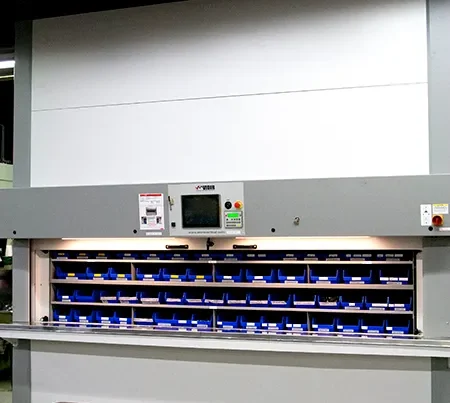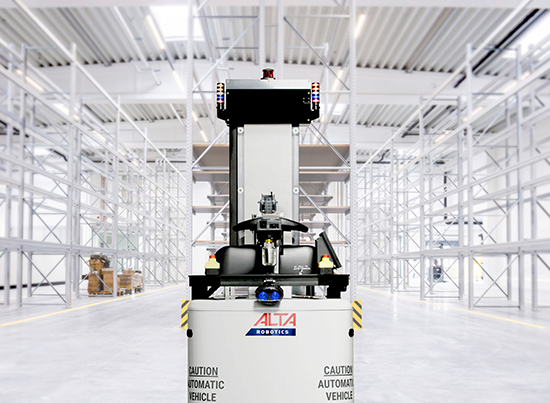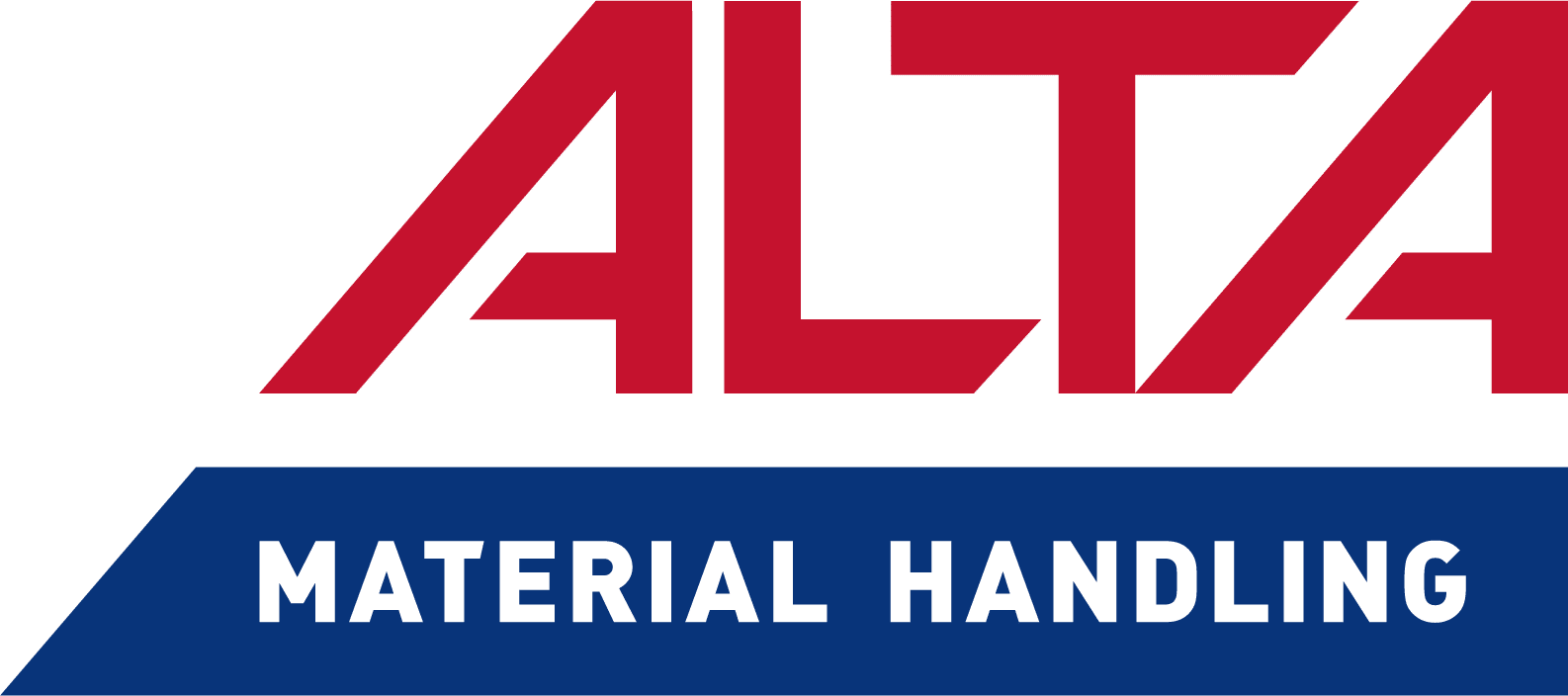The first case of the novel coronavirus in the US was reported to the CDC on January 22, 2020. By April, the Strategic National Stockpile was nearly depleted of medical Personal Protective Equipment (PPE), despite having delivered only a fraction needed by essential workers.
Storing and managing the quantity of supplies needed to guard against global or national pandemics is both costly and logistically challenging. Nevertheless, federal, state, and local lawmakers are introducing legislation or executive orders to mandate the stockpiling of PPE for healthcare and other essential workers.
Many of these bills and orders require hospitals, medical centers, and even nursing homes to maintain their own 90-day supply of PPE. Healthcare providers and distributors of medical products will need a way to store and manage this increased supply of PPE.
PALLET RUNNER®, a semi-automated storage solution from Automha, is a proven solution that can help facilities accommodate these requirements. PeakLogix has used PALLET RUNNER® to help existing warehouses increase their capacity by 60% and utilization rates by 80%.
While existing warehouses may have to be redesigned, and new facilities built to meet these new PPE demands and inventory requirements, integrating even just one PALLET RUNNER® storage system will maximize throughput and storage density.
Managing PPE inventory effectively
Tracking and maintaining inventory are further challenges to dealing with the quantity of goods needed to maintain a 90-day stockpile of medical PPE. As early as March 2020, stockpiles in California, Indiana, and across the country were shown to have expired while sitting, unused, in warehouses.
Researchers at Berkeley’s School of Public Health estimate that, for California alone, 14 million N95 masks are needed to maintain a 90-day stockpile. But on top of that, they suggest that for each N95 mask, stockpiles should also include 2 surgical masks, 1 face shield, 2 isolation gowns, 2 shoe covers, and 9 pairs of gloves.
PALLET RUNNER® can store, maintain, and quickly retrieve the increased inventory for a single hospital or healthcare network and adjusted to either LIFO or FIFO depending on each facility’s requirements. When properly integrated, this removes the need for rotating stock and, when combined with a robust tracking system, eliminates the risk of product expiring before being used.
Cost of storing stockpiles of PPE
The cost of PPE stockpiles is being discussed as an insurance policy against threats of a COVID resurgence or future pandemics.
The Berkeley report estimates that – due to the drastic markups seen during the pandemic – purchasing a 90-day stockpile of PPE would cost only 17% of the cost of buying the supplies on an as-needed basis during an active pandemic. However, this assumes using or selling – and replacing – portions of the stockpile before they expire.
This means that in order to make stockpiles viable, they will have to look much more like modern distribution centers and less like the static warehouses of the past.
A Proven Solution: PALLET RUNNER®
The semi-automated PALLET RUNNER® storage system from Automha, the world leader in cart-based automation, has a proven track record in medical supply distribution facilities.
Facilities that integrate PALLET RUNNER® see near-immediate benefits of the deep-lane storage and semi-automated system. They’re able to employ a high-density solution that maximizes the cubic space of a facility, as well as the number of slots available for inventory. Throughput is also maximized – in essence, each SKU is given its own channel within the warehouse, which makes both re-supply and retrieval efficient.
PALLET RUNNER®’s semi-automated system further increases productivity by transporting pallets in and out of deep-lane storage automatically. This leaves lift-truck operators only interacting with product between the receiving dock and lane-storage entry and exit.
Thoughtful integration of modern material handling systems like PALLET RUNNER® can better prepare us should COVID-19 have a next wave. And they will help prepare us for any future pandemics.
Learn more about how PALLET RUNNER® can enhance your capacity and operations.
Increasing storage capacity and utilization with semi-automated deep lane storage.
PeakLogix designed a plan that increased the realized capacity of one client by more than 60% and increased its utilization rate to nearly 80%. In addition, the client now benefits from a clear receiving dock, which facilitates their ability to unload additional inventory that can be ordered more efficiently.






